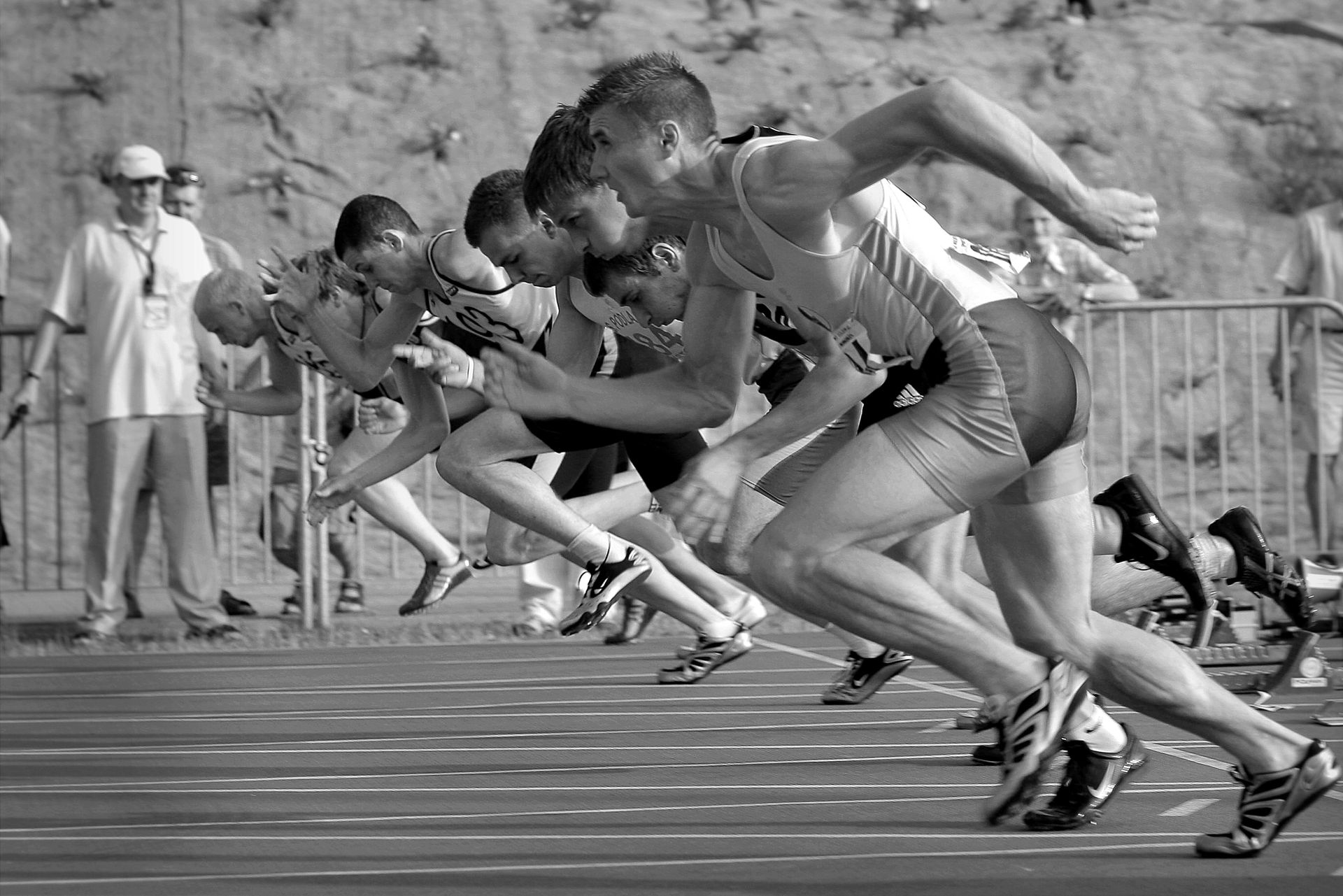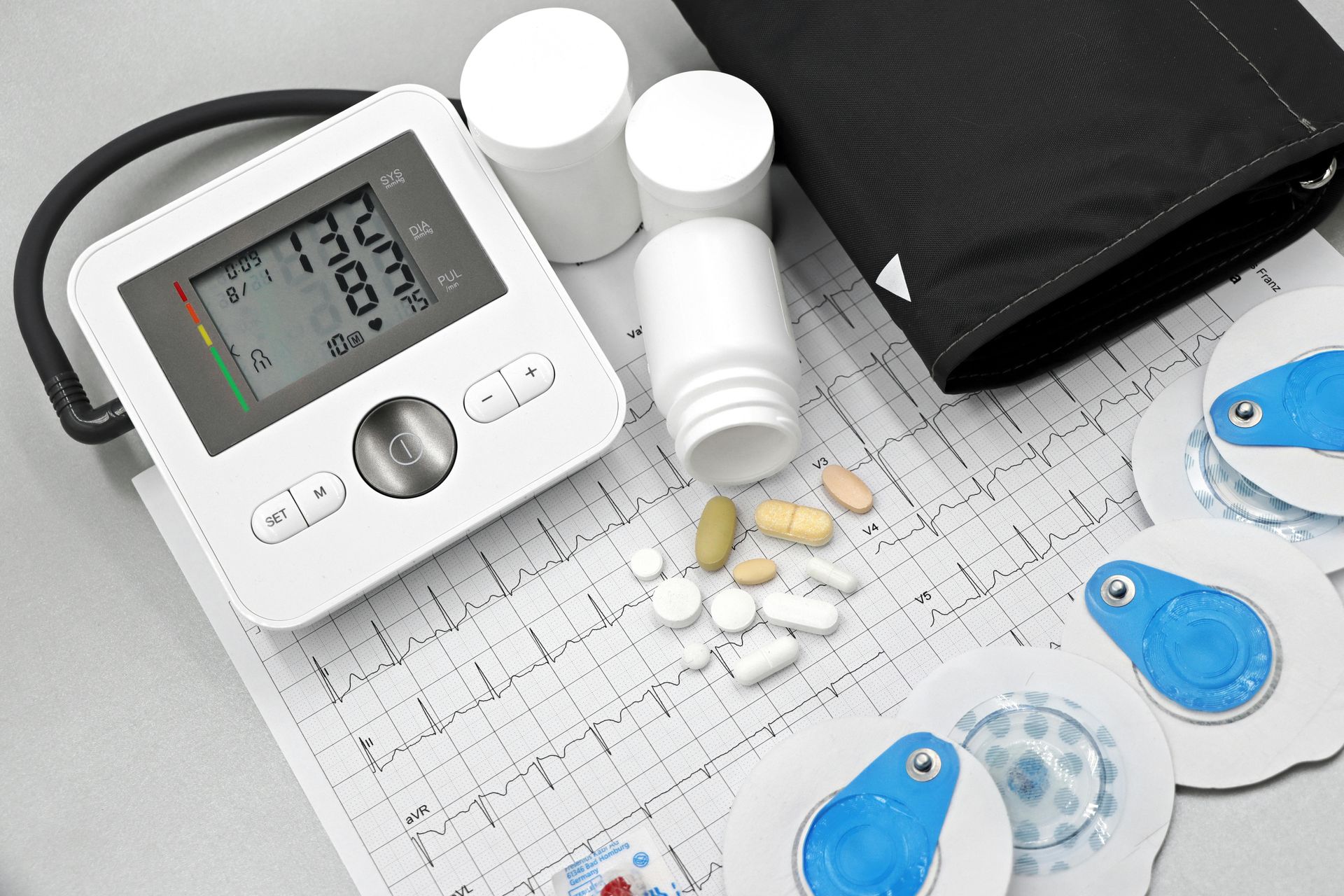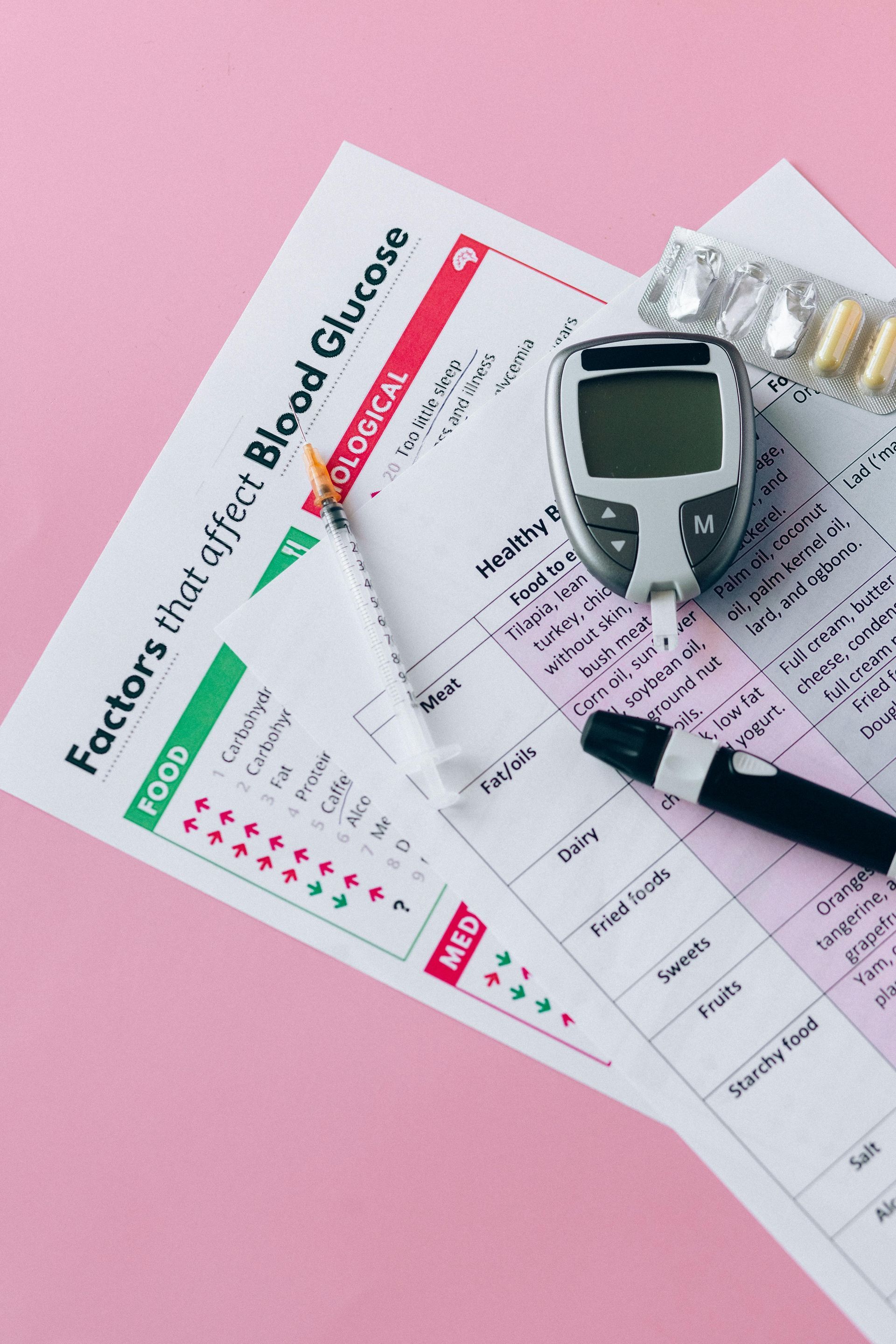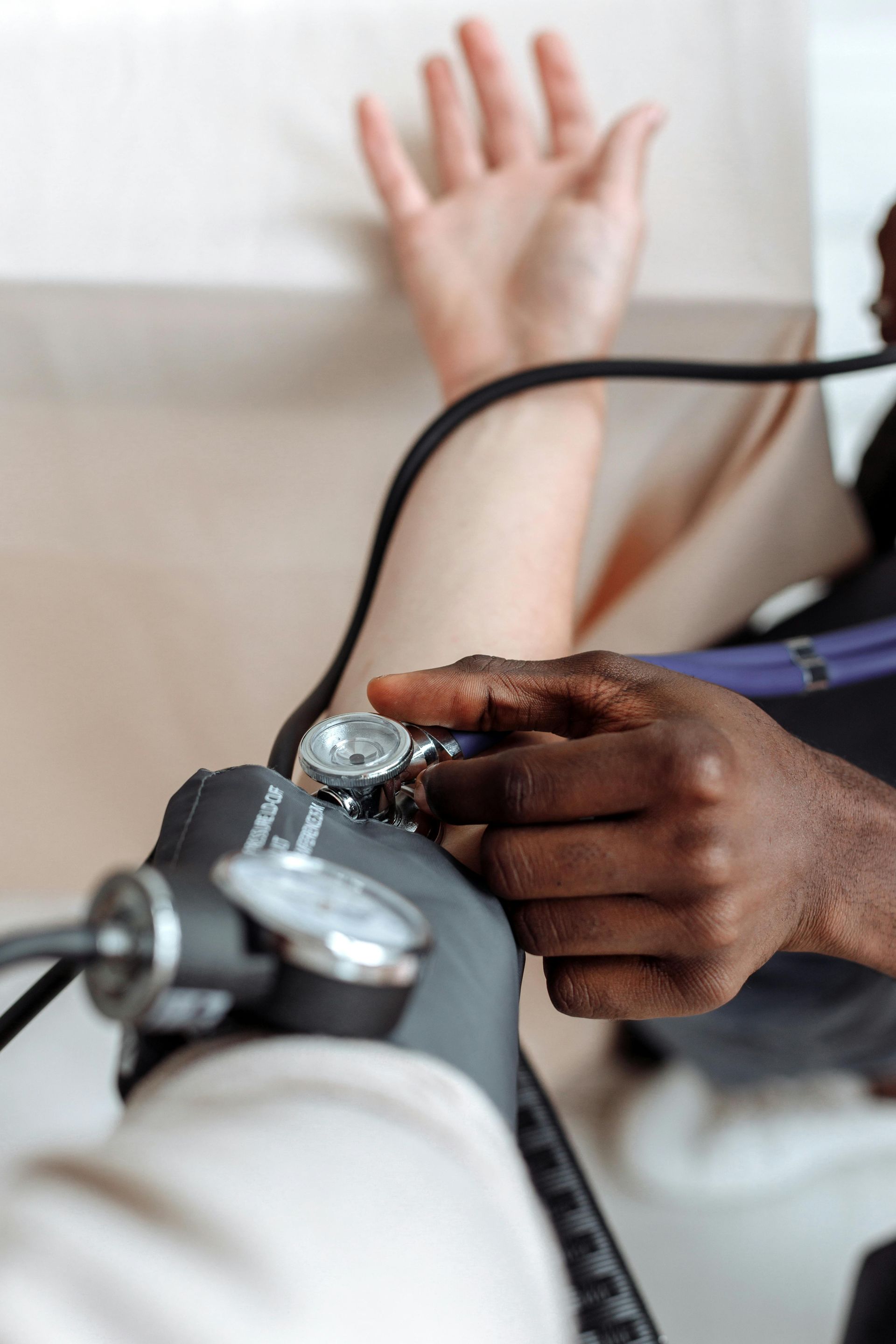Mohamad-Ali Salloum is a Pharmacist and science writer. He loves simplifying science to the general public and healthcare students through words and illustrations. When he's not working, you can usually find him in the gym, reading a book, or learning a new skill.
Why VCT Scans Can’t Be Used on Dogs?
Share
Volumetric Computed Tomography (VCT) scans have revolutionized medical imaging for humans, providing detailed 3D images of the body with minimal discomfort. However, when it comes to our furry friends, VCT scans aren’t typically used. Here’s why:
1) Anatomical Differences
The primary reason VCT scans aren’t used on dogs is due to the significant anatomical differences between humans and dogs. VCT scanners are calibrated and designed to capture human body structures accurately. Dogs, on the other hand, have different bone densities, organ placements, and overall body structures that might not be accurately captured by a VCT scanner designed for humans. This can lead to less precise images and potentially inaccurate diagnoses.
2) Size and Positioning
VCT scanners are built to accommodate the size and positioning of human patients. Humans generally have a standard size and shape that these machines are designed to handle. Dogs, however, come in a wide variety of sizes and shapes, from tiny Chihuahuas to large Great Danes. Positioning a dog correctly in a machine designed for humans can be challenging and may not yield the best results.
3) Motion and Sedation
One of the key requirements for a successful VCT scan is that the patient remains still during the procedure. While humans can follow instructions to stay still, dogs often need to be sedated to achieve the same level of stillness. Sedation in animals can be more complex and carries its own risks, especially in a machine not designed for their use. This adds an additional layer of complexity to using VCT scans on dogs.
4) Specialized Veterinary Equipment
Veterinary medicine has its own set of specialized imaging equipment, such as veterinary-specific CT and MRI machines. These machines are tailored to the needs of animals and are designed to capture the unique anatomical details of dogs and other animals. They provide the necessary adjustments and calibrations to ensure accurate and safe imaging for veterinary patients.
5) Radiation Safety
The radiation dose and safety protocols for VCT scans are established based on human studies. Using these machines on dogs without proper adjustments could pose unnecessary risks. Veterinary-specific imaging equipment is designed with the appropriate safety measures for animals, ensuring that they receive the correct amount of radiation for accurate imaging without undue risk.
BUT WHAT CAN WE USE TO SCAN OUR FURRY FRIENDS?!
There are several imaging techniques specifically designed for veterinary use that can effectively scan dogs. Here are some of the most common ones:
1. X-rays (Radiography)
X-rays are widely used in veterinary practices to create images of bones, organs, and other internal structures. They are particularly useful for detecting fractures, tumors, and foreign objects.
2. Ultrasound (Ultrasonography)
Ultrasound uses sound waves to create images of the inside of the body. It’s commonly used to examine soft tissues, such as organs and blood vessels, and is particularly useful for diagnosing conditions like heart disease and abdominal issues.
3. CT Scans (Computed Tomography)
CT scans provide detailed cross-sectional images of the body and are useful for diagnosing complex conditions, such as tumors, internal injuries, and bone disorders. Veterinary-specific CT scanners are designed to accommodate the anatomical differences of animals.
4. MRI (Magnetic Resonance Imaging)
MRI uses magnetic fields and radio waves to produce detailed images of soft tissues, such as the brain, spinal cord, and muscles. It’s particularly useful for diagnosing neurological conditions and soft tissue injuries. Like CT scans, MRIs require the dog to be sedated or anesthetized to ensure they remain still during the procedure.
5. Nuclear Medicine
This technique involves the use of small amounts of radioactive material to diagnose and treat diseases. It can provide information about the function of organs and tissues, which is useful for diagnosing conditions like cancer and thyroid disorders.
Conclusion
While VCT technology is advanced and highly effective for human diagnostics, veterinary medicine relies on equipment specifically designed for animals to ensure accurate and safe imaging. The anatomical differences, size and positioning challenges, need for sedation, and radiation safety concerns all contribute to why VCT scans aren’t typically used on dogs. Instead, veterinarians use specialized imaging tools that are better suited to capture the unique details of our beloved pets, ensuring they receive the best possible care.
REFERENCES:
- Thrall DE, Robertson ID. Radiography. In: Thrall DE, editor. Textbook of Veterinary Diagnostic Radiology. 7th ed. St. Louis: Elsevier; 2018. p. 1-20.
- Mattoon JS, Nyland TG. Ultrasonography. In: Mattoon JS, Nyland TG, editors. Small Animal Diagnostic Ultrasound. 3rd ed. St. Louis: Elsevier; 2014. p. 1-24.
- Schwarz T, Saunders J. Computed Tomography. In: Schwarz T, Saunders J, editors. Veterinary Computed Tomography. 1st ed. Chichester: Wiley-Blackwell; 2011. p. 1-10.
- Mai W. Magnetic Resonance Imaging. In: Mai W, editor. Diagnostic MRI in Dogs and Cats. 1st ed. Boca Raton: CRC Press; 2018. p. 1-15.
- O’Brien RT, Young K. Nuclear Medicine. In: O’Brien RT, Young K, editors. Veterinary Nuclear Medicine. 1st ed. Ames: Iowa State University Press; 2000. p. 1-12.
List of Services
ABOUT THE AUTHOR
Mohamad-Ali Salloum, PharmD
Share
Recent articles:





















